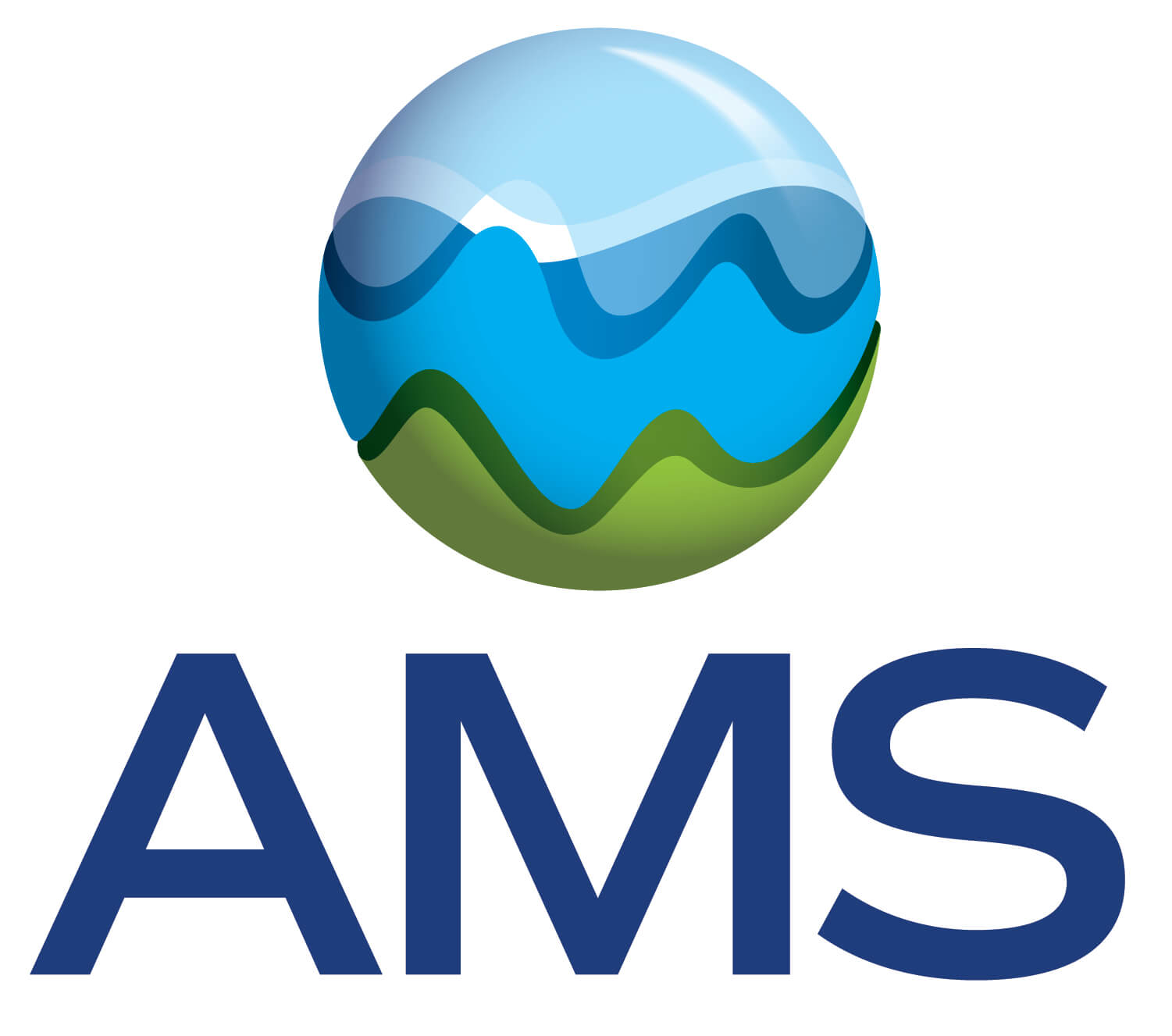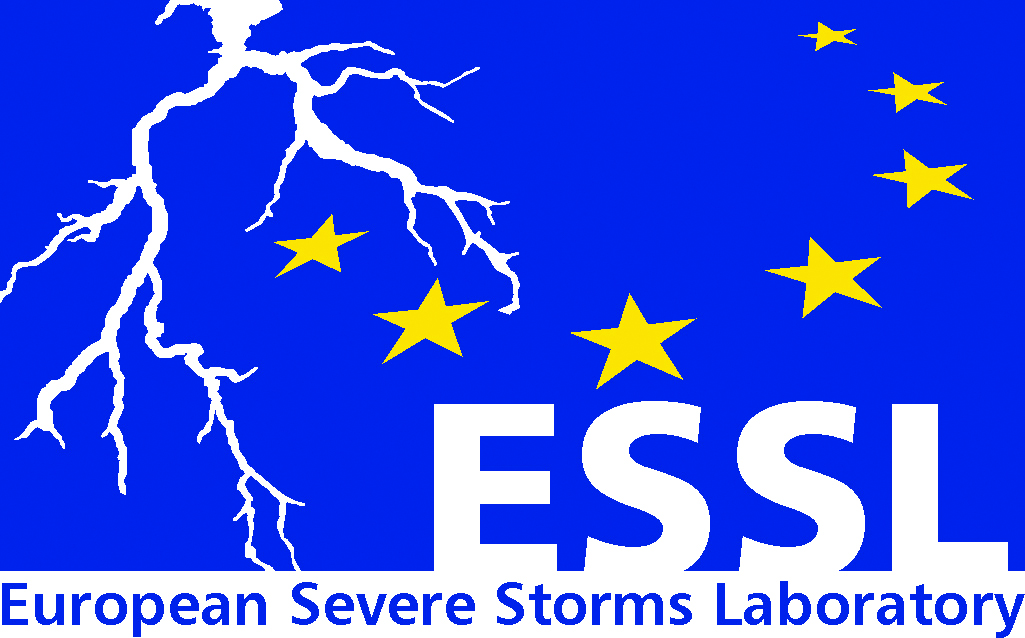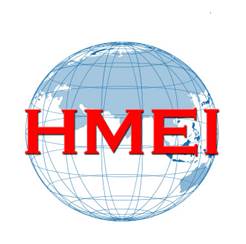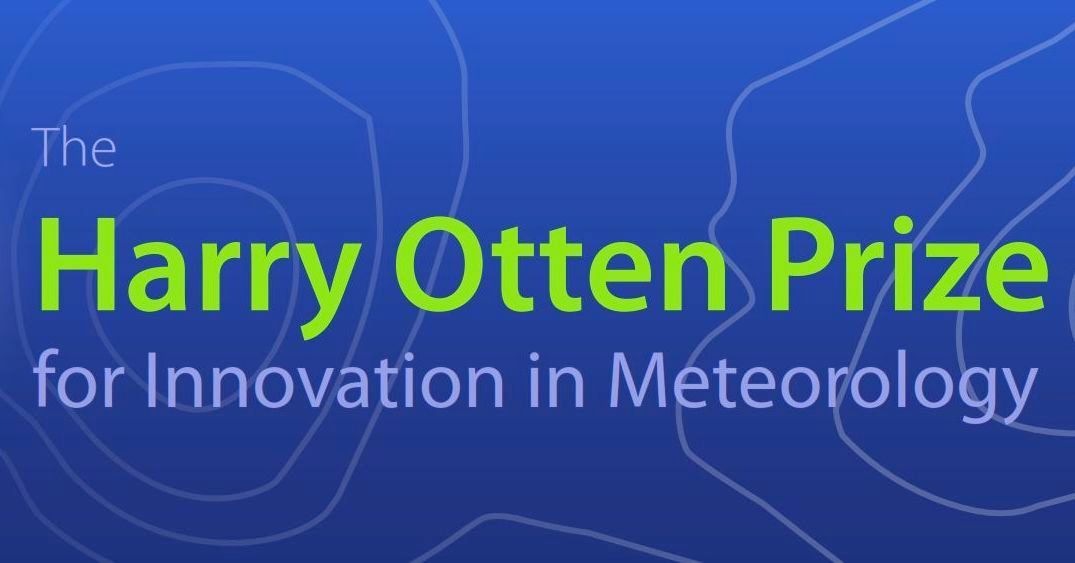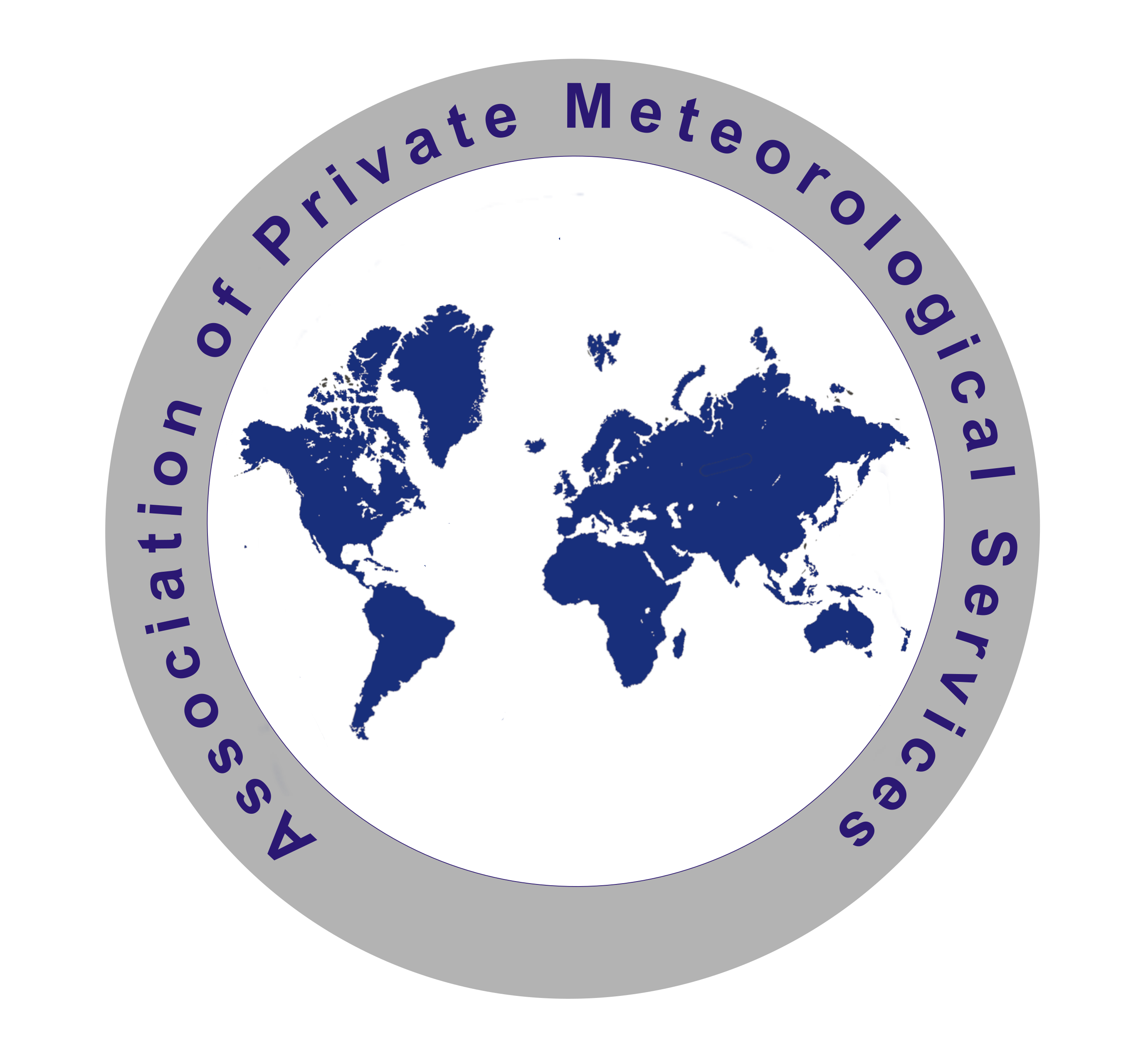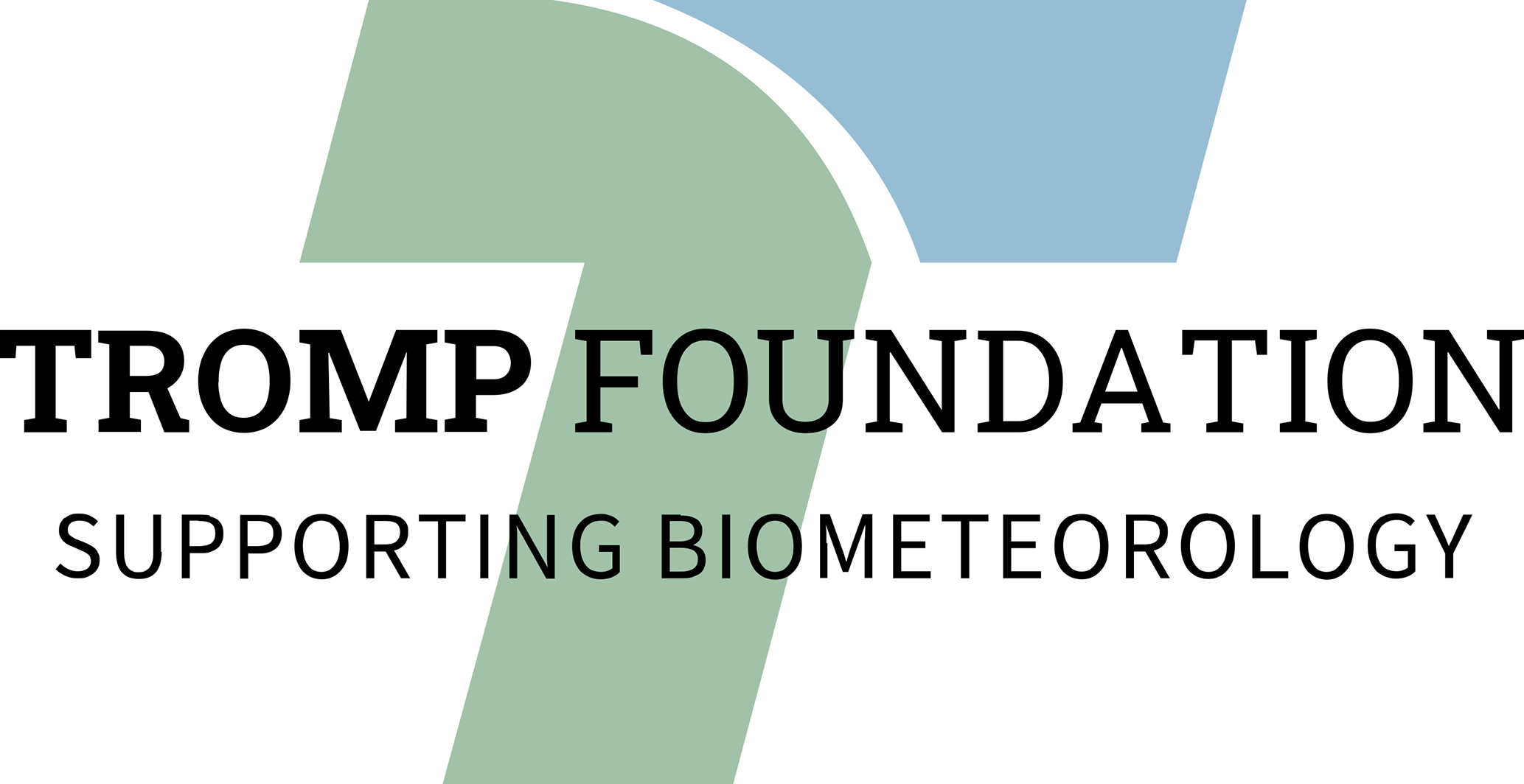Global and regional reanalyses
Including EMS Young Scientist Conference Award Lecture
Regional reanalyses are now available for Europe and specific sub-domains, e.g. produced by national meteorological services. Global and regional reanalyses are an important element of the Copernicus Climate Change Services.
The interest in extracting climate information from reanalysis is rising and they are used in a wide range of applications. Due to their frequent use in energy meteorology, they also play a key role for this year's conference theme “weather and climate research in the achievement of a climate-neutral Europe”. Recently, it has become apparent that reanalyses are a popular basis for training in machine learning methods that enable successful AI-based weather forecasts, for example.
This session invites papers that:
• Present the status of reanalysis activities in Europe and beyond.
• Explore and demonstrate the capability of global and regional reanalysis data for climate applications, including energy applications.
• Illustrate the role of reanalysis data for machine learning and artificial intelligence.
• Compare different reanalysis (global, regional) with each other and/or observations
• Improve recovery, quality control and uncertainty estimation of related observations
• Analyse the uncertainty budget of the reanalyses and relate to user applications
09:00–09:05
Introduction and session overview
Part 1: Development of reanalyses and their evaluation
09:05–09:20
|
EMS2024-27
|
EMS Young Scientist Conference Award Lecture
|
Onsite presentation
09:20–09:35
|
EMS2024-179
|
Onsite presentation
09:35–09:50
|
EMS2024-1020
|
Onsite presentation
Coffee break
Chairperson: Frank Kaspar
Part 2: Applications of reanalyses
11:00–11:15
|
EMS2024-957
|
Onsite presentation
11:15–11:30
|
EMS2024-1038
|
Onsite presentation
11:30–11:45
|
EMS2024-1085
|
Online presentation
11:45–12:00
|
EMS2024-836
|
Onsite presentation
Comparing Reanalysis and Observational Data for GHG Emissions and Air Pollutants in the EMME Region
(withdrawn)
12:00–12:15
|
EMS2024-168
|
Online presentation
12:15–12:30
|
EMS2024-9
|
Onsite presentation
12:30–12:45
|
EMS2024-761
|
Onsite presentation
12:45–13:00
General discussion and poster pitches

